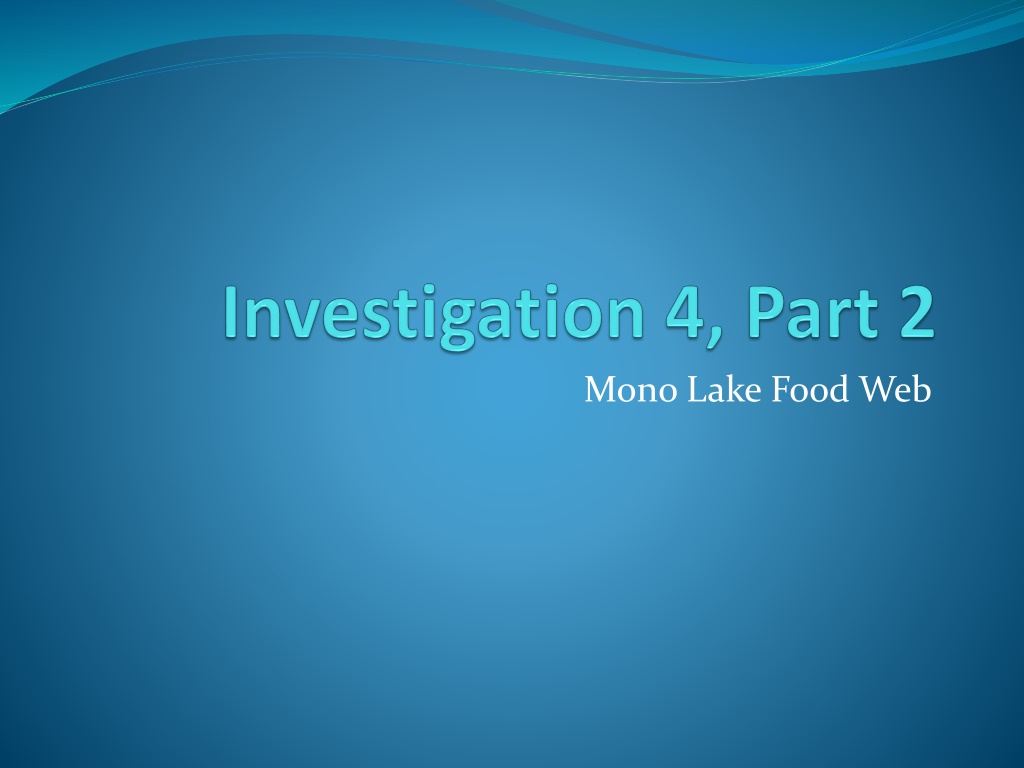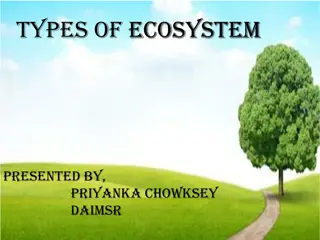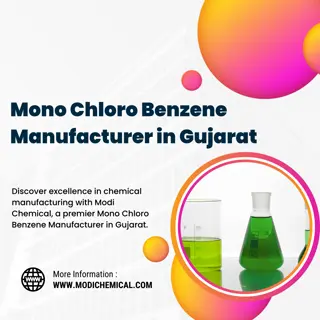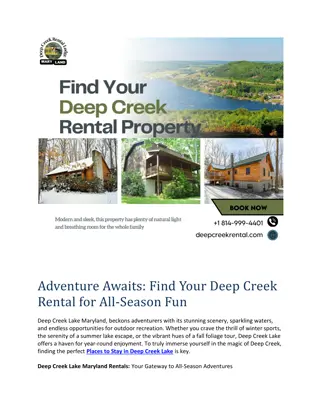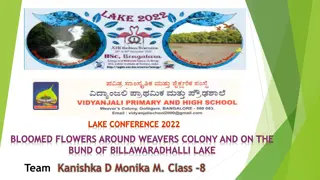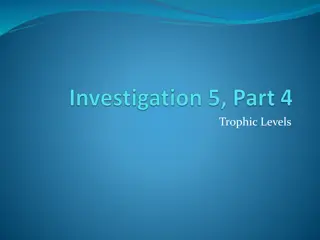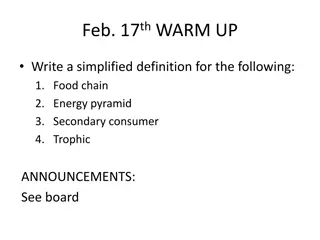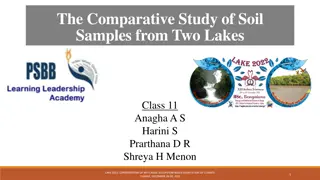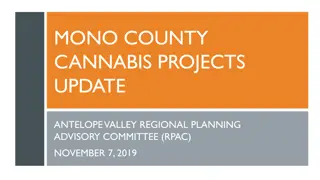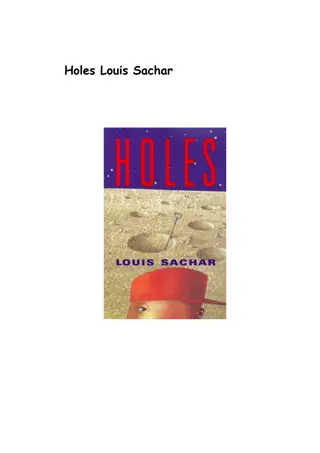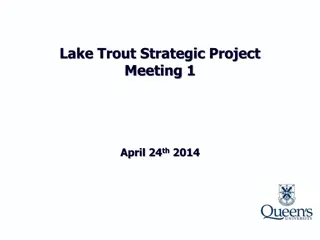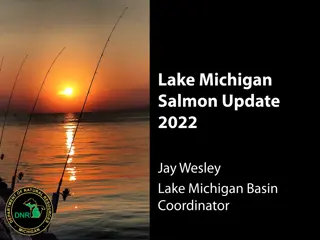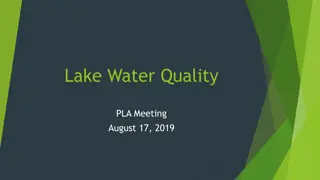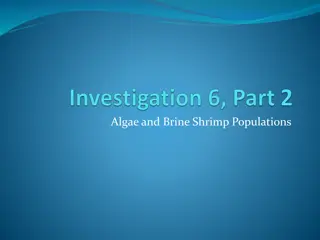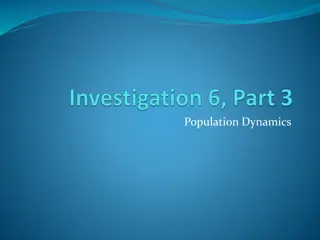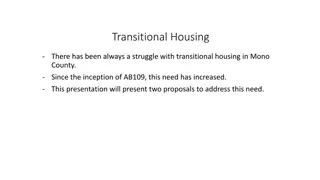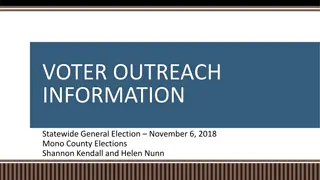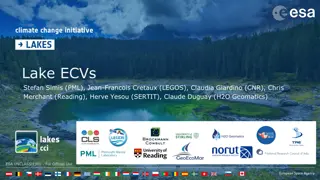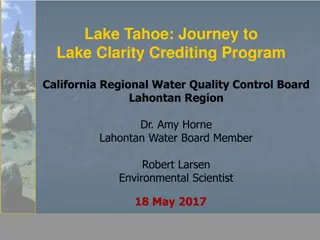Exploring the Mono Lake Food Web and Ecosystem Interactions
Explore the dynamic food web and interactions within the Mono Lake ecosystem through activities like organizing cards to show feeding relationships among organisms. Understand the role of producers, consumers, and the intricate connections that form a food web in this unique environment.
Download Presentation

Please find below an Image/Link to download the presentation.
The content on the website is provided AS IS for your information and personal use only. It may not be sold, licensed, or shared on other websites without obtaining consent from the author. Download presentation by click this link. If you encounter any issues during the download, it is possible that the publisher has removed the file from their server.
E N D
Presentation Transcript
Warm up What is an ecosystem? What is a community? One of the main points about an ecosystem is the interaction between biotic and abiotic factors. A community is groups of populations interacting with one another.
Mono Lake One way the organisms in the Mono Lake system interact is by eating each other. (Nom, nom .Lunch!) This is called a feeding relationship. I have sets of cards of important organisms from Mono Lake. Each card contains: Photo Common and scientific name Life cycle and population dynamics How it gets food It s role in the ecosystem
Mono Lake Cards Read the cards to become familiar with the organism. Organize the cards, picture side up. Use the arrow strips to show feeding relationships between the organisms. (Who eats who?) Every organism should be included in this chart. If an organism is involved in more than one feeding relationship, indicate that with arrows.
Arrow Direction Do spiders and flies have a feeding relationship? Yes Who gets eaten? The spider eats the fly Fly Spider The arrow goes from the fly to the spider even though the spider eats the fly. The arrow represents the energy of the fly going into the spider.
Food Chain In an ecosystem, many organisms survive by eating other organisms. The benefits of the food eaten by one organism can then move to one and then another organism as each one is eaten. The path that food takes from one to another organism is called a food chain. Here is one I saw in your groups: Planktonicaglae Brine shrimp California Gull Coyote
Food Web I saw lots of organisms in your groups that were connected by more than one arrow. Some organisms like phalaropes eat more than one organism. Some organisms like brine shrimp are eaten by many organisms. When you connect all the arrows, the arrows cross each other in complicated ways. A diagram that shows all the feeding relationships is called a food web.
Types of Organisms What types of organisms do not eat other organisms? The two kinds of algae How do they survive with out eating? All living things need food/energy to survive, so they must make their own. Organisms that make their own food are producers. They make food that is consumed in an ecosystem. In the Mono Lake ecosystem, the producers are algae.
Types of Organisms Producers like algae make their own food, but animals like brine shrimp and gulls do not. How do they get their food? They eat other organisms. Organisms that eat other organisms are called consumers.
Types of Consumers Consumers that eat producers are primary or first- level consumers. Consumers that eat primary or first-level consumers are secondary or second-level consumers. Consumers that eat secondary or second-level consumers are tertiary or third-level consumers. Consumers that eat tertiary or third-level consumers are fourth-level consumers. And so on ..
Another Type of organism Some things never get eaten. They die natural deaths. These dead organisms are broken down and consumed by microorganisms called decomposers. Bacteria and fungi are decomposers. Everything that is not eaten by a consumer is eventually eaten by a decomposer.
Revisit your Food Web This time show the LEVEL of the organisms in your web. Producers on the bottom. Primary consumers are the next level up, etc
Some are Tricky Red-necked phalaropes Eat both brine shrimp and brine flies making them secondary consumers. Also eat planktonicalgae making them primary consumers. California gulls Eat mostly brine shrimp and flies. Given the chance will eat eggs and chicks of snowy plovers and Caspian terns. How can we show these dual roles on our charts? What about decomposers? How should we show them?
Finish up Lab sheet 21.
